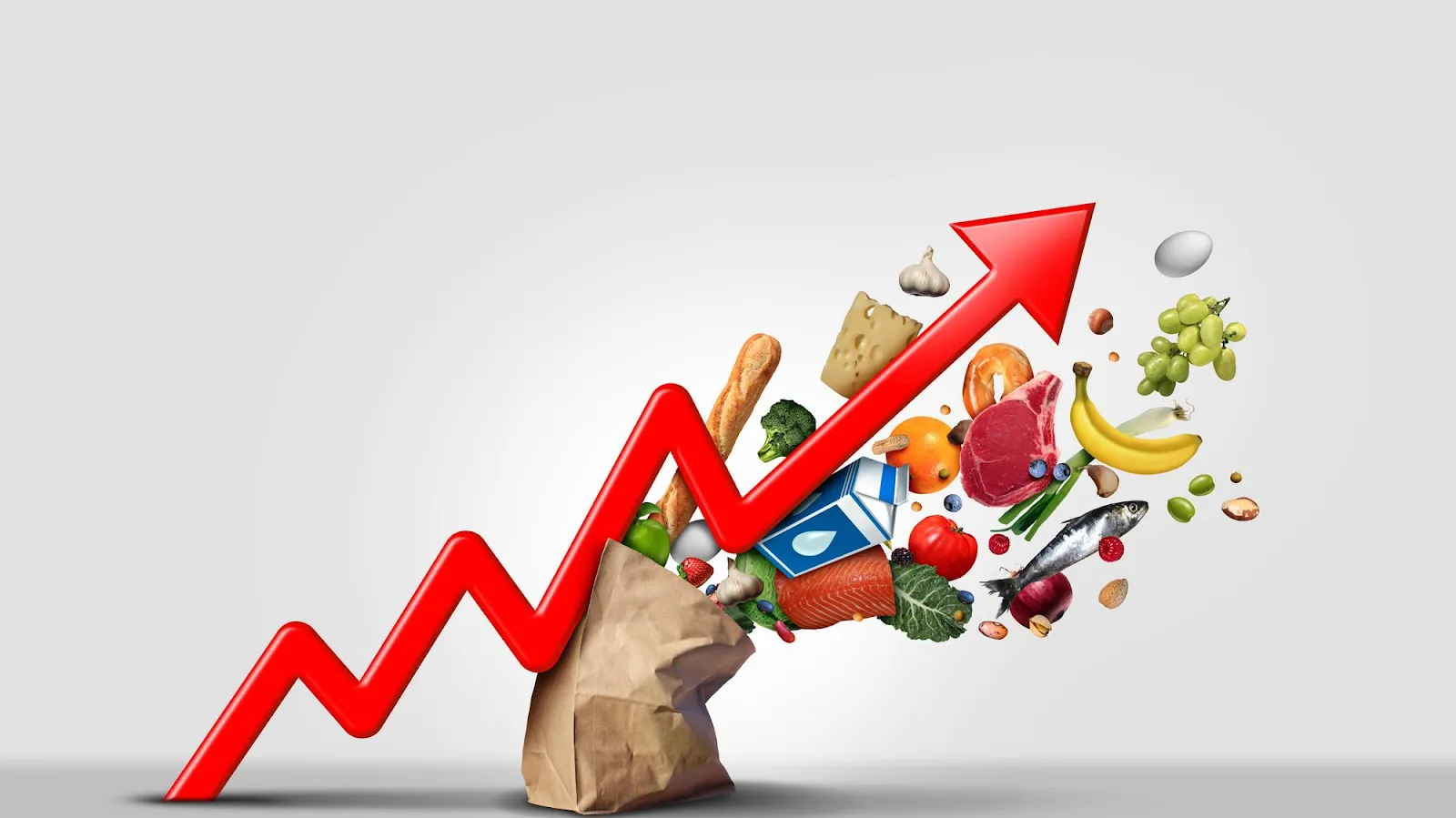As expected, Inflation Rose By 0.4% In February, Up By 6% From A Year Ago
Despite recent turmoil in the banking industry, the Federal Reserve is likely to be able to raise interest rates again next week despite the rise in inflation in February that was in line with expectations.
It was reported Tuesday by the Labor Department that the consumer price index increased by 0.4% for the month of June, putting the annual inflation rate at 6%. The Dow Jones estimate for both readings was exactly on the mark.
With the volatile food and energy prices excluded from the core CPI calculation, the index increased 0.5% in February, and 5.5% over the past year. The monthly reading was slightly ahead of the 0.4% estimate, but the annual reading was in line with the estimate.
Stocks rose following the release of the report, with the Dow Jones Industrial Average rising more than 300 points in early trading following the release. After plunging Monday amid fears that the banking industry might be struggling, Treasury yields rebounded solidly on Tuesday, pushing the policy-sensitive 2-year note up 30 basis points to 4.33%.
Prior to the release, markets widely expected the Fed to approve another 0.25 percentage point increase. CME Group estimates that traders now price in an 85% chance of the Fed raising interest rates by a quarter point following the CPI report.
“Even with current banking scares, the Fed is likely to prioritize price stability over growth at its next meeting,” said Jeffrey Roach, chief U.S. economist at LPL Financial.
As a result of a decrease in energy costs, the headline CPI reading was able to remain stable. The energy sector fell 0.6% for the month, bringing the year-over-year increase down to 5.2%. One of the biggest factors driving this decline has been the 7.9% decline in fuel oil prices.
There was a 0.4% increase in food prices and a 9.5% increase in fuel prices. There was a 0.1% drop in the price of meat, poultry, fish, and eggs for the month of February, marking the first time that the index has decreased since December 2021. Egg prices dropped 6.7% in particular, but were still up 55.4% from a year ago, despite the fact that they were up 6.7% in general.
One-third of the index is weighted by housing costs, which rose 0.8%, bringing the annual gain to 8.1%. The Federal Reserve expects housing costs and related costs, such as rent, to slow over the coming year.
Lisa Sturtevant, the chief economist at Bright MLS, said housing costs are a key driver of inflation, but they are also a lagging indicator. “New rent data is typically reflected in the CPI six months after it is collected. Due to a quirk in the data collection process, current inflation is overstated."
As a result of the housing expectations, Fed officials have turned to what they call "super-core" inflation as one of their tools. This entails core services inflation minus housing, a cohort that increased by 0.2% in February compared to a year ago and by 3.7% over a decade ago, according to Trade Algo calculations. Inflation is targeted at 2% by the Federal Reserve.
Used vehicle prices, a key component of inflation in 2021, fell 2.8% in February and have fallen 13.6% over the past year. A 0.8% rise in apparel costs was offset by a 0.7% drop in medical care services costs.
CPI is one of several key measures that the Fed uses to formulate its monetary policy because it measures a broad basket of goods and services. The report along with the producer price index on Wednesday will be the last data points related to inflation policymakers will have access to before they meet on March 21 and 22.
A series of tightening measures taken by the central bank over the past year will be observed to have had an impact on the sector after recent turmoil in the sector has led to speculation that the central bank will soon halt the rate hikes as officials observe the impact that a series of tightening measures have had over the past year.
On Tuesday morning, the markets were pricing a peak rate of about 4.95%, which implies that the increase that is going to take place in the coming months is likely to be the last one. Although the price of futures can be volatile, unexpectedly high inflation reports this week would likely cause a repricing in the futures market.
The market sentiment has shifted in either direction.
Jerome Powell, the head of the Federal Reserve, told two congressional committees last week that if inflation does not fall, the central bank would push rates higher than expected. As a result, there has been a wave of speculation that the Fed may be about to hike interest rates by 0.5 percentage points next week.
Despite this, the collapse of Silicon Valley Bank and Signature Bank over the last few days has paved the way for the Fed to take a more restrained approach to monetary policy in the future.
“In a pre-SVB crisis world, this may well have contributed to the Fed's decision to hike rates by 50bps at its meeting next week, despite being only modestly higher than consensus. The fact that 50bp is almost certainly not going to be included in the March rate is a telling sign of how much things have changed over the last few months," wrote Krishna Guha, head of global policy and central bank strategy at Evercore ISI.
Assuming the Fed is successful in its efforts to restore stability in the banking system, Guha said it is still possible that interest rates will rise to a terminal rate in the "high fives" if it continues to raise them.

Subscribe to our newsletter!
As a leading independent research provider, TradeAlgo keeps you connected from anywhere.








